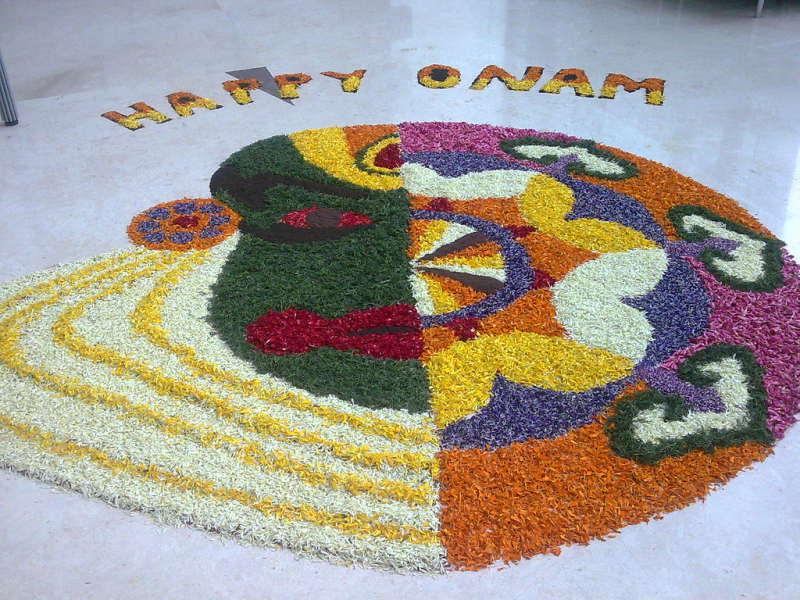Rangoli of different regions have developed their own unique styles and techniques
Regional variations in Rangoli, the traditional Indian art form of creating intricate patterns on the ground, are a testament to the country's rich cultural diversity. Throughout India, different regions have developed their own unique styles and techniques, adding depth and richness to this ancient practice.
In South India, particularly in Tamil Nadu, Rangoli is known as "Kolam." Kolam designs are characterized by their geometric precision and often feature symmetrical patterns created with rice flour.
In West Bengal, it's called "Alpana." Alpana designs are fluid and freehand, often depicting natural motifs like flowers and leaves. Bihar has "Aripana," where wet rice paste is used to create detailed and intricate designs with traditional and religious symbolism.
Andhra Pradesh and Telangana embrace "Muggu," known for its complex patterns drawn with rice flour. Maharashtra boasts "Sanskar Bharti Rangoli," featuring bold, colorful patterns with cultural significance.











